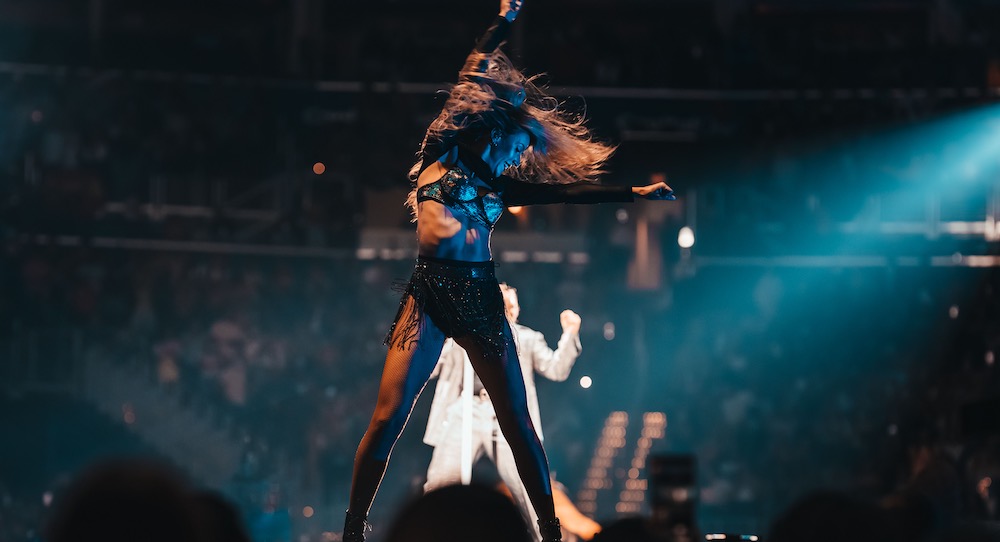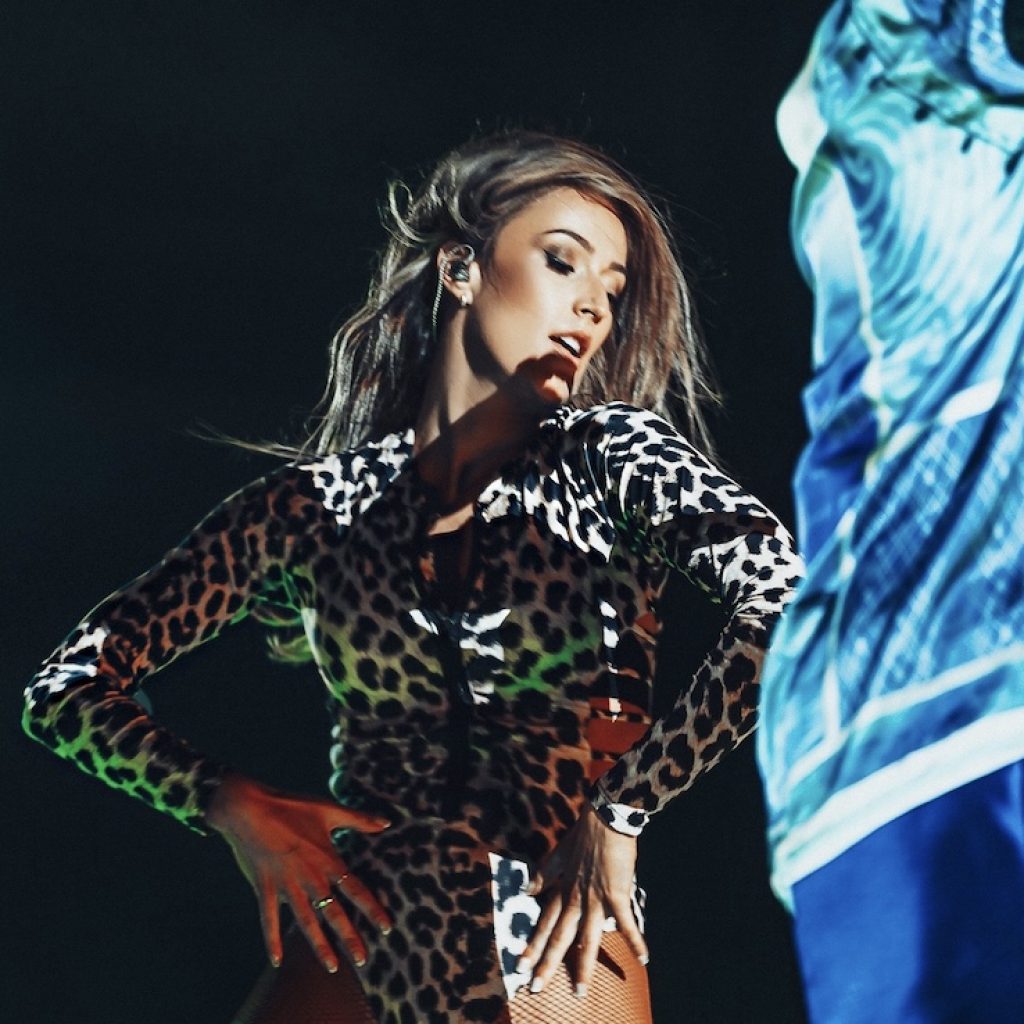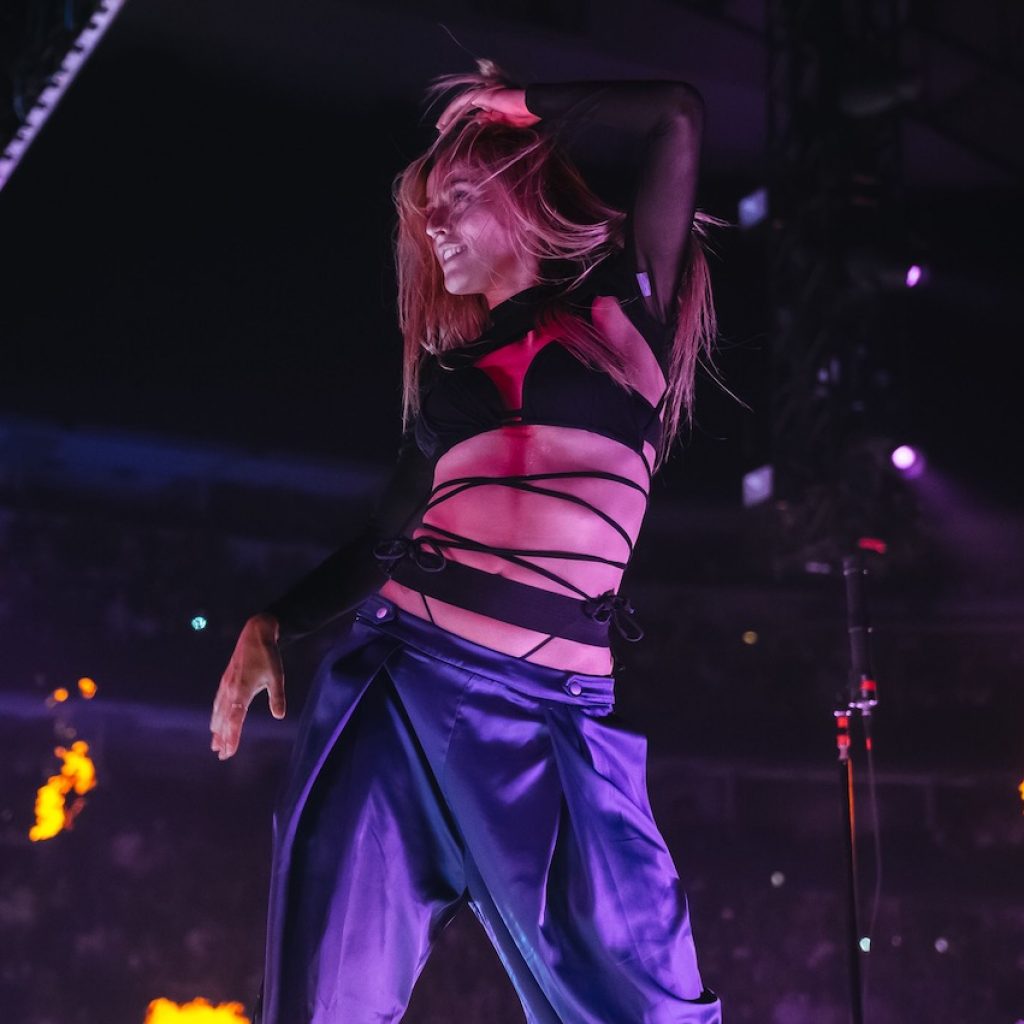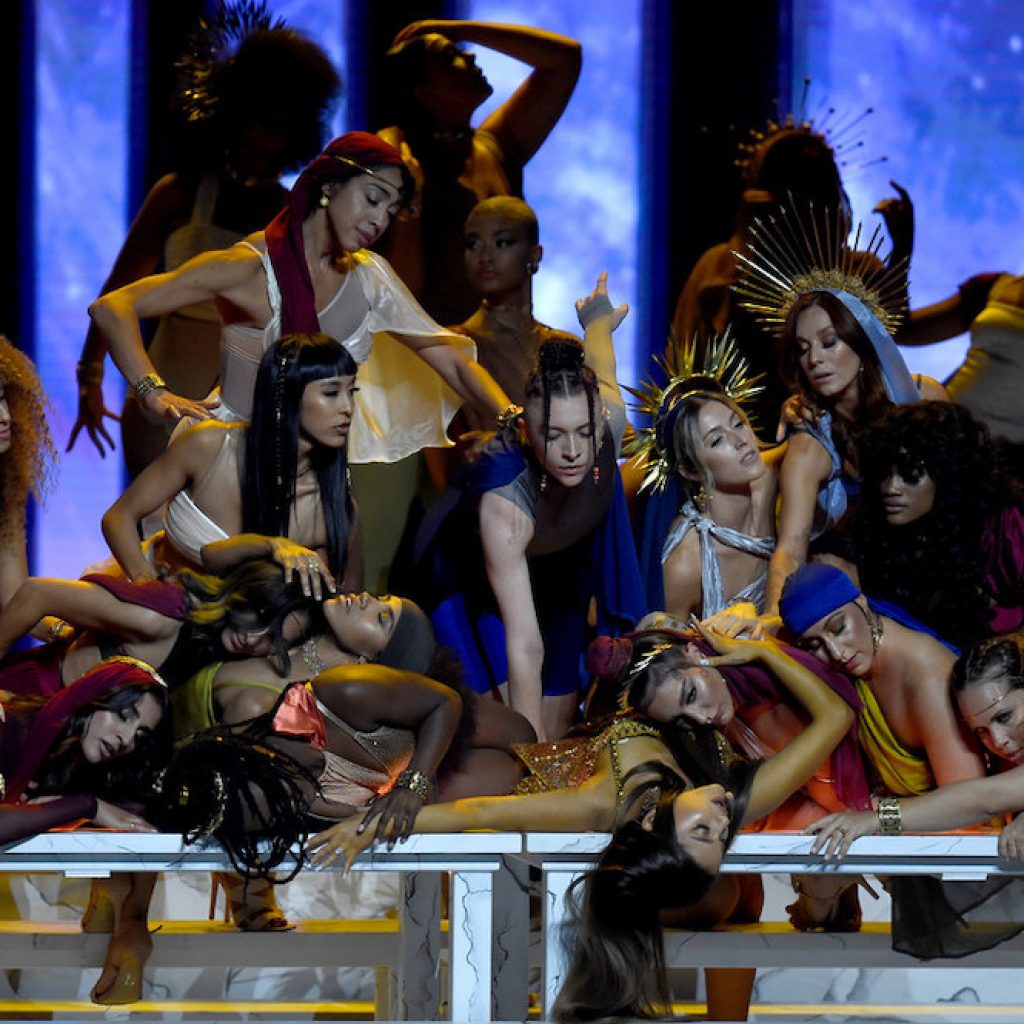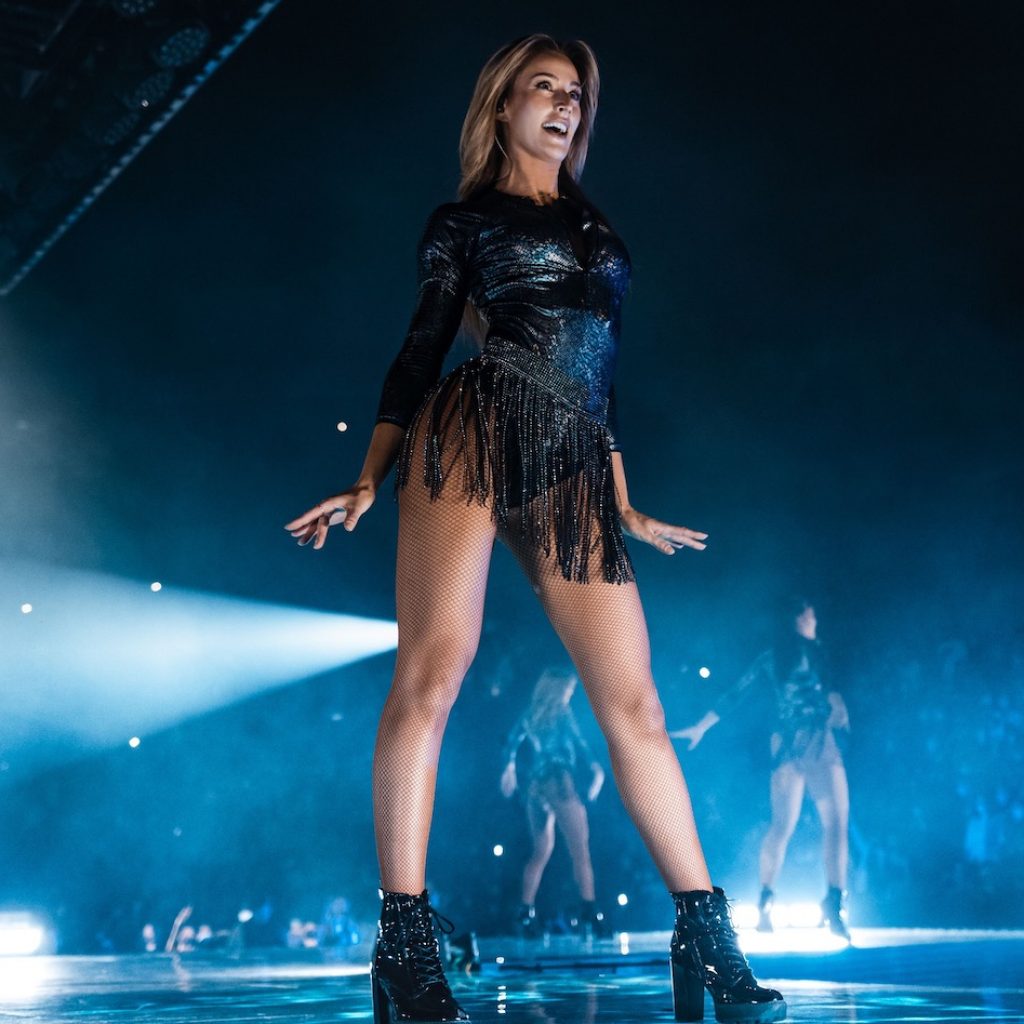Jessica Doll didn’t start as a commercial style dancer, but you’d never guess it by looking at her career now. She’s worked both sides of the U.S./Canadian border in TV and film, been featured in music videos for the likes of Jennifer Lopez and French Montana, performed live with Ariana Grande at the VMAs, and has two tours under her belt.
While she came from a technical background as a ballet and jazz student doing classes and conventions, and moved on to study modern dance at a fine arts high school, she still felt behind in hip hop and commercial styles when she joined Source Dance Company, a pre-professional training program in Vancouver, Canada. After Source, she attended tour training camps in Hollywood and Paris, both on scholarship. It’s through this intensive restructuring of her technique that Doll turn her weaknesses into her strengths, and eventually a successful commercial career.
Feeling secure in her new style, Doll booked a music tour, which she says was a huge influence on her skill and stamina. She performed with music artist Maluma over the course of three years, and was touring internationally with him when the tour was abruptly paused in 2020, due to Covid.
Tour schedules are intensive to say the least. If you follow any tour dancers on social media, you’ll see glamorous snippets – they’re touring the world, dancing to top tracks and performing for bigger audiences than most dancers could ever dream of. But what’s an average day on the road like, really?
“Buses.” Doll says. If you book a tour, prepare to reverse your sleep schedule, and get used to sleeping on the road. “Often, you’ll perform a show, shower at the venue, sleep on the bus and then wake up at a new venue. Shows usually wrap up around midnight, so we would only really get to bed by 4am – and we weren’t even partying or anything. We’d wake up around noon, have soundcheck at four, eat dinner and get ready until eight, then perform and get back on the bus.” Dancers had a chance to explore and appreciate the cities they were passing through on the odd day off, but those are sparse on a tour schedule. “For the most part, it’s bus, venue, soundcheck, show, bus. Another bus. Another bus.” Repeating intensive choreography night after night will make anyone injury prone, so any spare time or energy is often spent trying to keep your body healthy.
But the perks of the gig are well worth the drawbacks. Doll has performed at both Madison Square Garden in New York and The Forum in LA, coming in at 20,000 and 17,500 concert capacities respectively. That’s top percentile; most professional dancers (or performers generally, for that matter) consider themselves lucky to perform for a few hundred to a couple thousand people at a time. “The energy is wild,” says Doll. “All (Maluma’s) songs are in Spanish, we didn’t understand the lyrics, our schedule was crazy, so it was already an overwhelming experience. And then in those big arenas to hear the crowd from backstage… I remember the first number of the first show; it was just me and my partner doing a duet. I was so nervous (I’ve only felt this way twice, the other being the VMAs) that when I had to hold my partner’s waist, my hands were trembling. We had to dance in heels on little stairs, and we didn’t have in-ears yet, so we could really hear the crowd. That feeling obviously gets better – especially when we got in-ears so we could hear the music better and tune inward into it.”
With big, showy productions like concerts, dancers are asked to deal with aspects that would never come up in a regular dance production. Not being able to hear your music over the crowd, dancing on elevated platforms, changing stages every night, pyrotechnics – it takes a calm state of mind to manage whatever’s thrown at you. “At the VMAs, I started the dance standing on a rotating table directly above Ariana Grande,” Doll recalls. “I just remember my legs shaking as they were counting down to camera, thinking that if I fall, that’s the end of my career before it even starts.”
Doing daring-dos in such close proximity to big name singers can be nerve-wracking, but it also speaks to the importance of a dancer’s function. Concerts are big visual spectacles, and a lone musician on stage doesn’t do the energy of their music justice – they need a visual counterpart when performing live. Dancers are the perfect match; they act as a physical representation of the musician’s artistic intention and talent. Doll and dancers were an inherent extension of Grande’s vocals. That’s why the term “back-up” dancer is on its way out – dancers aren’t accessories; they’re the other side of the coin.
Clearly, music concerts ask for top technique and artistry from their performers, but they also require their dancers to be ready for anything and have heightened stamina. By the time Doll returned to Maluma’s U.S. tour last August, she had decided she was ready for her next step. Touring taught her skills that would stick with her and support her upcoming endeavors.
Doll is now movement coaching singers, teaching them how to dance with their microphones and embody their music in much the same way she does on stage. “They’re so willing to learn, and I can help them develop along their journey.”
Doll’s also set to teach heels and street jazz at Millennium Dance Complex in LA. She’s earned some seniority in the industry there, and is ready to take on teaching at the training spot for upcoming and professional dancers in one of the most competitive cities in the country.
Thinking back to her studio days, when she felt less sure of herself, Doll reflects, “If I ever got featured, it was for musical theatre stuff, not what all the cool kids were doing.” It’s amazing what a superpower passion can be when properly applied – gone are the days where she felt like she had to catch up to the other dancers in her class. Doll has fostered a flourishing career for herself; she’s definitely the dancer’s epitome of a “cool kid.”
You can follow Jessica Doll on Instagram: @jessicadoll.
By Holly LaRoche of Dance Informa.


